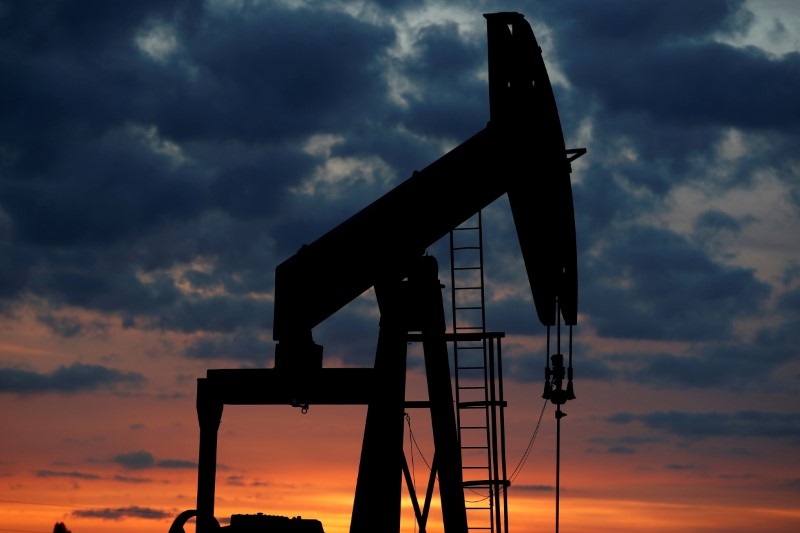This post was originally published on this site

Markets seem set to start 2022 the way they performed in 2021, going higher. Tesla (NASDAQ:TSLA) and other electric vehicles saw continued momentum in Q4. Airlines continue to grapple with cancellations. We’ve all turned the calendar one year ahead, but has anything changed? Here’s what to watch in financial markets on Monday, January 3rd, 2022.
Tesla closed out 2022 with a smashing beat on Q4 deliveries, delivering 308,000 vehicles vs. analyst estimates of 263,026. Shares are trading up 6.8% as of 830am ET (1230 GMT) on what Wedbush analyst and Tesla bull Daniel Ives called a “jaw dropping” delivery number that ,”speaks to an EV demand trajectory that looks robust for Tesla heading into 2022.”
It wasn’t just Tesla, as Chinese electric vehicle makers Nio (NYSE:NIO), Li Auto (NASDAQ:LI), and Xpeng (NYSE:XPEV) each saw meaningful increases in their Q4 deliveries; Nio’s grew 44% to 25,034 vehicles, a record for the company, while Li Auto’s deliveries rose 143% to 35,221 vehicles, and XPeng saw the biggest increase, with 222% growth to 41,751 units. Each of those companies is trading 2+% higher in the pre-market.
And outside of EVs, auto stocks are trading well in Europe and in the U.S. pre-market. The trigger may be a forecast from Hyundai Motor (KS:005380) for 12.1% growth in 2022, encouraging given all the supply chain challenges the industry had to work through in the last year, which warped the market for used cars as well. A sign of things getting back to normal? Too early to tell, but investors seem to like the news regardless.
After each of the main U.S. indices finished 2021 with 20%+ gains, it should perhaps be no surprise that January kicks off in the green for U.S. futures. At 830am ET, Dow Jones Futures are up 150 points or .4%, while S&P 500 Futures are up .5%. Nasdaq 100 Futures, spurred by Tesla, are up .7%.
For some historical context, the last time the S&P 500 gained more than 25% in a year, it followed up with 16% growth; of course, that was in 2019 and 2020, an unusual period. The previous example was 2013 and 2014, where the S&P 500 finished up 29.6% and then 11.3%, respectively.
2012-2014 was also the previous three-year stretch where the S&P 500 finished in the green, and higher by 10%+ in each year, before this 2019-2021 period. The response? In 2015, the leading index finished down .7%.
While the two years of pandemic and governmental/central bank response certainly feel unprecedented, there are still parallels to find. Whether history will repeat, rhyme, or just faintly echo remains to be seen.
Read also: Pre-Market Movers
Amid a holiday season that saw quiet trading and low news, airlines’ struggles have risen to the spotlight. Per flight tracking site FlightAware.com, there were 2700+ cancellations of flights in, into, or out of the United States yesterday, and another 1800+ already today.
The European trading session offers reason for hope for the industry, as jet engine maker Safran (PA:SAF) announced plans to hire 12,000 employees as their CEO said he expects demand to recover and is very confident “the worst is behind us.” European airlines and airplane industry names are trading higher. On the U.S. side of things, Delta Air Lines Inc (NYSE:DAL) is up .7% and American Airlines (NASDAQ:AAL) is up .6% in pre-market trading.
Airlines will be issuing December traffic reports this week, which will give one last read on the degree of disruption over the end of the year and a preview for earnings reports, which start next week with Delta reporting on Thursday.
Crude Oil WTI Futures pulled back and is trading down .4% with Brent Oil Futures down .2% as Libya continues to struggle with a broken pipeline, restricting its supply to the market. The Organization of Petroleum Exporting Countries (OPEC) is set to meet tomorrow, and all expectations are that they will hold the line on a planned moderate production increase, in line with their expectations that demand will continue to recover through 2022 to pre-pandemic levels.
The Eurozone and several European nations issued their December Purchasing Manager Index reports, with the indicators all pointing towards manufacturing expansion in December. Most of the numbers met or beat expectations, with the overall Eurozone right on analysts’ forecast of 58, where anything north of 50 indicates expansion. This was in line with the preliminary release from mid December.
With 2022 anticipated to be a year of monetary tightening to combat inflation, the question remains whether central banks can pull off that shift without dampening the global economic recovery from the pandemic. Confounding factors like resurges in Covid case counts and subsequent health and economic impacts remain in the mix. So continued economic expansion even as many countries in Europe saw new highs in Covid cases last month is encouraging, whether as a sign that the latest Covid variant is a milder one or that people have learned how to live around the issue.
Amidst all that, the EUR/USD is trading just below flat, down .1% at 8:30am ET.


